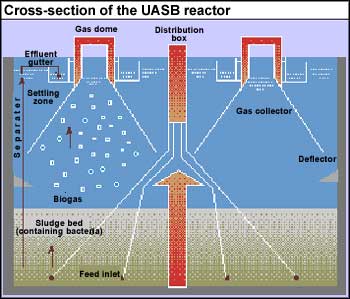A matter of costs
in india, 90 per cent of the water supplied to the towns and cities is polluted, out of which only 1.6 per cent gets treated, says the central pollution control board. Of the nation’s 3,119 towns and cities, only eight boast of complete sewage collection and treatment facilities. Hair-raising figures, undoubtedly. What happens to the millions of tonnes of sewage generated by the remaining 3,111 cities? Data provided by the ministry of environment and forests (mef) indicates that most rivers in India are polluted, mainly due to the direct inflow of untreated sewage resulting in unacceptable levels in them of biological oxygen demand (bod) and suspended solids (ss) (see box: Riven by waste).
The principal reason for things being in such a state is that most sewage treatment facilities in use today are extremely expensive and Indian municipalities can ill afford them. Annual investment required for applying conventional treatment technologies to water is estimated to increase from us $10 billion worldwide (in 1992) to $50 billion in the year 2000 (Down To Earth, Vol 1, No 10). Costs in India will also be phenomenal (see table: In Indian cities…). The huge costs involved provide our resource-starved officialdom with a perfect excuse for throwing up its hands whenever the question of treatment arises. In this context, the relatively cost-effective upward anaerobic sludge blanket (uasb) tech





